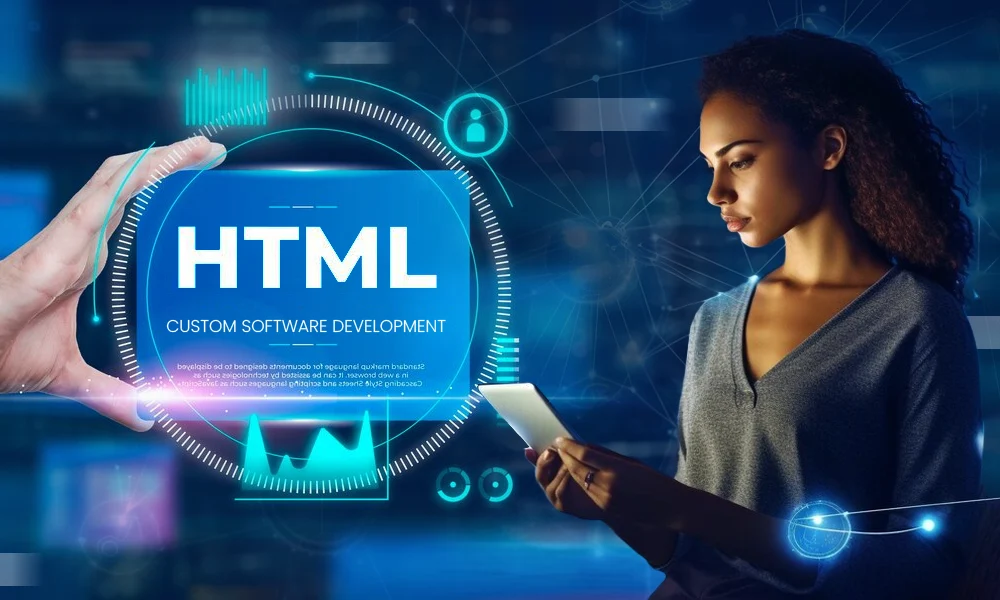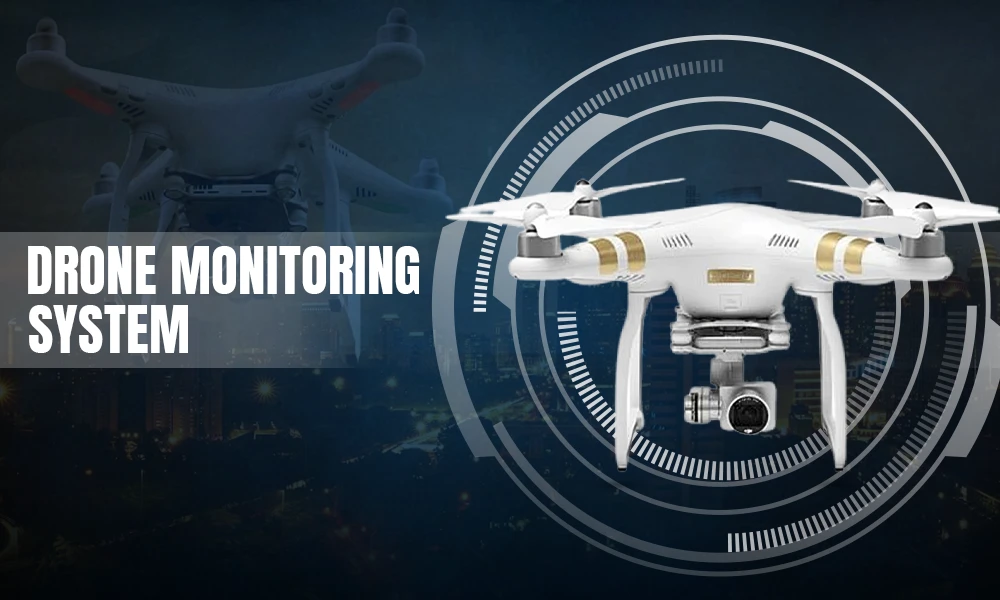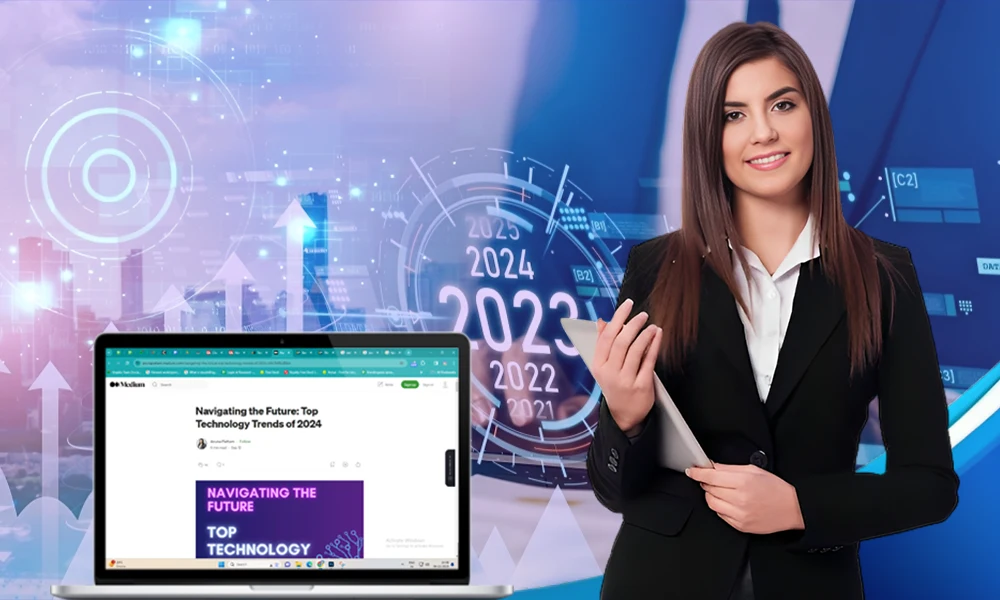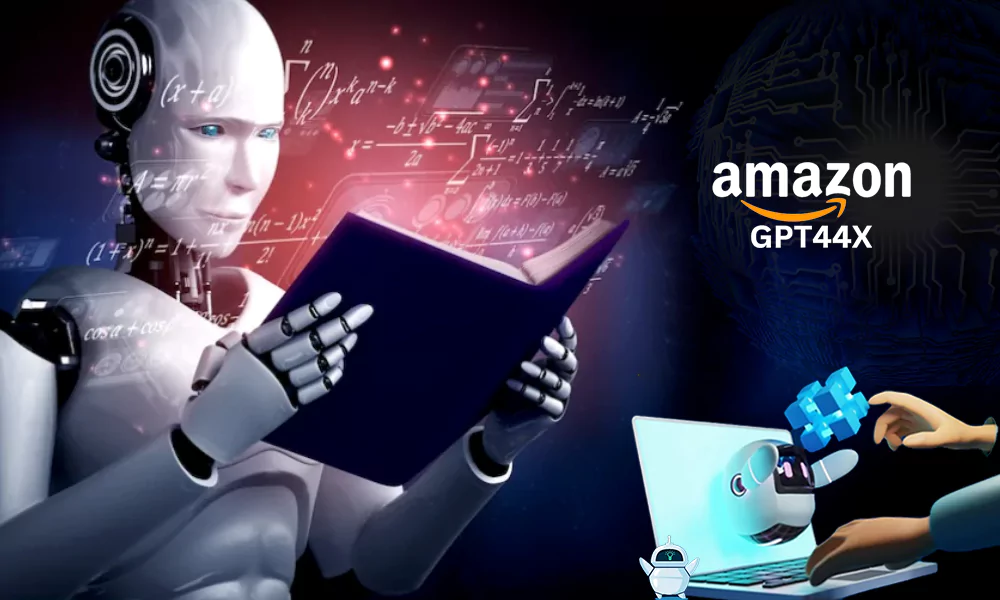How OCR Scanning APIs can Help with 7 Amazing Use Cases
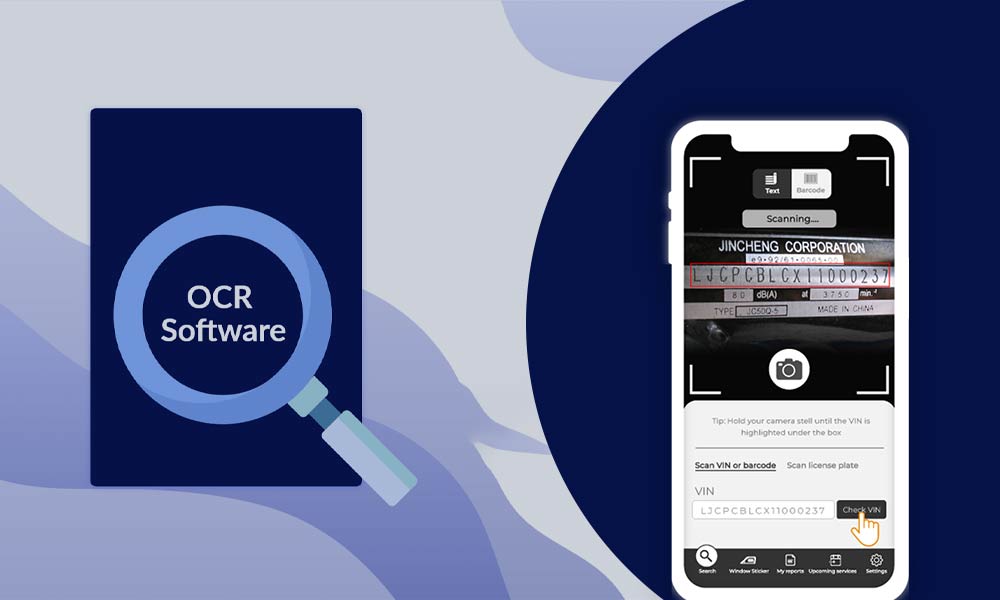
OCR stands for Optical Character Recognition and this technology is transforming the way businesses and developers process and extract information from images and digital documents. By using OCR scanning APIs, it is possible to automate manual tasks, such as data entry and document classification, reducing time and effort.
You can integrate OCR API into your web application. For example, let’s say you have a Flask application with a Flask upload file feature. Then you can use OCR API to extract information from the images and other digital documents uploaded from that file uploader.
In this article, we will talk about 7 amazing use cases for OCR scanning APIs. These are
- Digitization of documents
- License plate recognition
- Handwriting recognition
- Mobile scanning
- Image-based searching
- Automated data entry
- Business process automation
However, before learning about these cases, let’s learn what OCR scanning API really is.
What is OCR Scanning APIs?
OCR scanning APIs use advanced algorithms to recognize and extract text from images and digital documents. These digital documents can be anything like scanned documents, PDFs, images, MS word files, and other digital sources.
OCR technology uses image analysis algorithms to identify individual characters within the image. Once the individual characters have been identified, the OCR API converts them into machine-readable text. Next, OCR API process the machine-readable text to correct any errors, ensuring that it is accurate and usable.
Overall, It’s easy to integrate OCR technology into existing applications. Another benefit of OCR technology is that most APIs support multiple languages. Therefore, you can use it to recognize and extract text in multiple languages. They are also highly customizable, allowing developers to fine-tune the scanning algorithms to meet specific needs and requirements.
Now that you know what OCR is let’s jump into use cases.
Digitization of Documents
We are talking about the digitization of documents as our first use case. Digitalization simplifies sharing information, and it has become vital with the reduction of physical storage. OCR technology is used to scan a specific document and extract its text. Then, that text is securely stored as an accessible digital version of that document.
This digitalization brings many benefits, such as increased efficiency and a reduced risk of errors. Additionally, it makes the disaster recovery of digitized documents more convenient.
License Plate Recognition
Now, let’s move on to the next use case. OCR APIs also play a key role in license plate recognition. They provide an efficient way to track vehicles and thereby improve safety, reduce congestion, and provide valuable information for many applications.
At first, the image of a vehicle’s license plate is captured, and the text characters of that image are extracted using OCR technology. Then, that extracted text is compared with a database of registered license plates, and the relevant information about that vehicle is obtained. This approach is used in a variety of applications, such as traffic management, law enforcement, toll collection, and parking management.
Handwriting Recognition
Handwriting recognition is another application of OCR technology. There, the handwritten text is recognized by a captured image of the handwriting. Then, the characters in that captured image are converted into digital text using OCR APIs. This technique is used in applications such as digital notepads and tablet computers.
Moreover, OCR APIs enable developers to easily add handwritten recognition functionality to the software applications they build. Thus, they don’t have to develop the underlying OCR technology from scratch.
Mobile Scanning
In this digital era, mobile scanning has become essential in many scenarios of our daily lives. The integration of OCR functionality into mobile apps via OCR APIs has allowed users to easily scan barcodes, QR codes, and handwritten notes.
The extracted information can then be stored, searched, and processed in digital format. It improves efficiency and reduces the risk of errors associated with manual processes. This application is particularly useful for individuals and businesses that need to manage large volumes of information and need to access it on the go.
Image-based Searching
Image-based searching is one of the most common use cases of OCR APIs. The OCR API allows you to access information in images and photos easily. Without them, it would be a daunting task to extract text from images and make them searchable.
This scenario is useful in fields like journalism, where a journalist needs to sift through many images to find specific information. Another example is that a researcher needs to sift through historical images to get information about a specific event or person. It is particularly useful in areas such as archival research that require OCR APIs for image-based searches, which are significantly more efficient and time-saving than manual search methods.
Automated Data Entry
Another excellent application of OCR APIs is automated data entry, which aids many business functions of organizations. The OCR API can save the time and resources of organizations significantly by automating the process of extracting text from scanned documents.
For example, a company that receives hundreds of invoices daily can use the OCR API to extract relevant information, such as supplier names and amounts owed. Then the company can use that information to automatically populate the accounting system. It eliminates the need for manual invoice data entry. This can greatly improve accuracy and efficiency while freeing up employees to focus on higher-level tasks.
Business Process Automation
OCR scanning APIs can significantly improve the efficiency and accuracy of business processes by automating manual tasks. By integrating an OCR scanning API into a business workflow, companies can quickly and easily extract information from structured and unstructured documents, such as invoices, contracts, and business cards. The extracted data can then be automatically stored in database systems, reducing the time and costs associated with manual data entry.
You can also use OCR scanning APIs for sorting and categorizing documents. As OCR APIs have the ability to recognize specific keywords and patterns, they can quickly and accurately classify documents into the appropriate categories.
Conclusion
OCR APIs are a powerful tool that allows organizations to extract text from images and convert it into a machine-readable format. They are used in a wide range of applications, including document scanning, image-based research, automated data collection, language translation, healthcare, and legal document processing.
These APIs can greatly improve the accuracy and efficiency of many tasks like data entry and analysis by automating the process of extracting text from images. They also improve the accessibility of information by making images searchable and converting text-based images into a machine-readable format.


